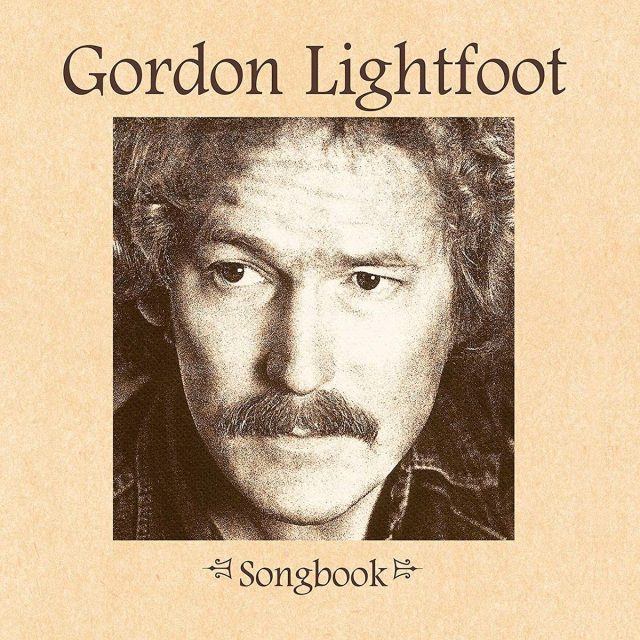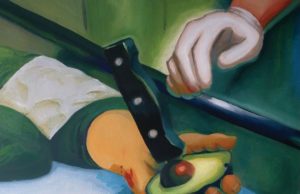Two decades ago, albums from Gordon Lightfoot, Gadjits, Moody Blues and others were spinning away in my portable CD player. Here’s what I had to say about them back then (with some minor editing):
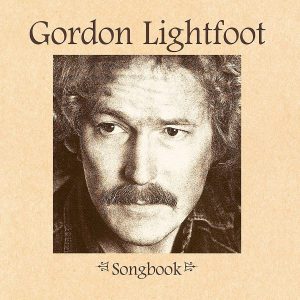 Gordon Lightfoot
Gordon Lightfoot
Songbook
One of my favourite SCTV sketches was their commercial for the fictional album Gordon Lightfoot Sings Every Song Ever Written. Naturally, it was a perfect parody of every Boxcar Willie and Slim Whitman TV ad. As pictures of Gordo flashed in front of red and blue lights, a list of song titles — including White Rabbit, Old MacDonald and The Theme From Mannix — scrolled up the screen. Meanwhile, someone (Rick Moranis, perhaps?) offered a spot-on impersonation, crooning Fugue for Tinhorns, I’m Henery the Eighth, I Am and other obscurities in a sleepy baritone while an overcaffeinated announcer played by Dave Thomas yelped, “You get Midnight in Moscow, Bits and Pieces and Happy Birthday!”
For some weird reason, that ad for the “remarkable 379-album set” popped into my head when Songbook — the four-CD, five-hour, 88-track retrospective box spanning Lightfoot’s career — landed with a weighty thud upon my desk. Thankfully, a quick perusal of the track list reassured me I wouldn’t be sitting through Lightfoot’s version of The Bird Dance or Take Me Out To The Ball Game. Still, Songbook could easily be sold with the same type of TV pitch. After all, you get: For Lovin’ Me, Bitter Green, Alberta Bound, Canadian Railroad Trilogy, If You Could Read My Mind, Sundown, Carefree Highway, Don Quixote, The Wreck Of The Edmund Fitzgerald, Rainy Day People, Baby Step Back, and many, many more — including 16 unreleased tracks, an extensive hardcover biography, rare photos, cover pics from all 19 of his albums and track-by-track notes from Lightfoot himself.
And that’s not all. Some of Lightfoot’s tunes even feature one of those TV artists: Floyd Cramer, the man “who sold more albums than The Beatles and Elvis combined.” His glissando piano fingers glide oh-so-smoothly behind Lightfoot on the young troubadour’s Charlie Rich-style first single, (Remember Me) I’m The One, recorded in Nashville in 1962. Luckily for both Lightfoot and the music world, his bid for mainstream country stardom went nowhere. Within three years — and three tracks on Disc 1 — he was already finding his feet in the burgeoning Toronto folk scene, singing in his sublime, cough-syrupy sigh and writing numbers like For Lovin’ Me. From there, it was a short step to his status as master Canadian songsmith, thanks to the aforementioned classics, which he issued practically back-to-back as consistently and naturally as breathing.
Sure, Songbook, like most box sets, can be too extensive for its own good — some of Lightfoot’s overproduced, Moog-laced ’80s tunes seem substandard next to the earlier work — but you can’t say he’s glossed over any part of his career. And unlike plenty of boxes, the newer tracks aren’t just so much wasted plastic. After abandoning songwriting for years in the late ’80s, he returned with a newfound love for the craft, with tracks such as A Painter Passing Through bringing him full circle with grace and dignity.
So even if Lightfoot hasn’t sung every song ever written, he’s written songs practically everybody has heard. You can’t top that. Though I’d still like to hear him do White Rabbit.
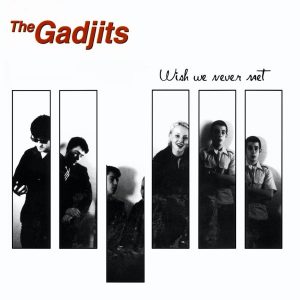 The Gadjits
The Gadjits
Wish We Never Met
When they released their debut CD At Ease in 1998, I called The Gadjits the Hanson of ska-punk. To recap: There’s three brothers. One is named Zach. They’re from Middle America. One of their songs even had the word Bop in the title. The big difference: The Gadjits were cool. Their sophomore CD finds the kids growing as musicians and maturing as writers, adding shades of Elvis Costello, Teen Angel balladry, blues and frat rock to their hyped-up blue-beat. Sure, their focus seldom goes beyond teen love gone bad and the joys (and consequences) of partying, but hey, cut ’em some slack.
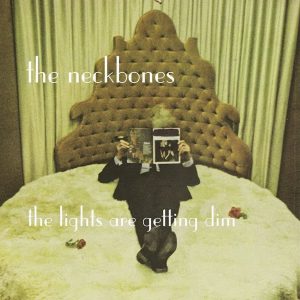
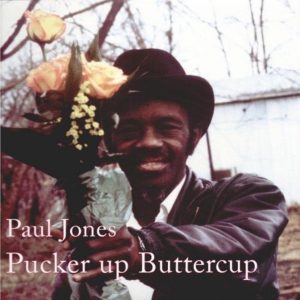 Paul Jones
Paul Jones
Pucker Up Buttercup
The Neckbones
The Lights Are Getting Dim
It might seem like the rural Mississippi Delta bluesman is a dying breed. But such is not the case, thanks to the endless line of new artists stepping in to carry the torch. Like singer/guitarist Paul Jones. A welder by trade, he wields his axe like an acetylene torch on Pucker Up Buttercup, the followup to last year’s Mule. Backed only by his drummer Pickle, Jones opens up a can of whupass and goes right upside your head with a dozen tracks of righteously dirty guitar, ruthless John Lee Hooker stompers and keep-drinking-till-the-money-runs-out blues. And since he’s still pushing 50, he should have plenty of years of mayhem ahead. Ditto The Neckbones, four trailer-trash white boys whose greasy blues-rawk packs all the intoxicating properties of a slug of moonshine. Granted, their Chuck–Berry-on-speed riffs, pumping piano lines and crazed hoodoo jive are closer to The Stooges, The Dead Boys and The Oblivians than Muddy Waters. But their cover of T-Model Ford’s Nobody Gets Me Down lets you know where they’re coming from.
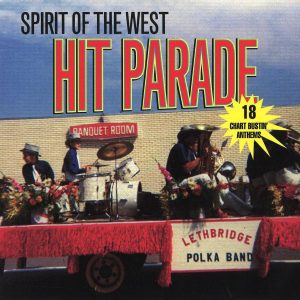 Spirit Of The West
Spirit Of The West
Hit Parade
Just in case you missed the sarcasm of the title, let’s make it clear — in their 10-year career, Spirit Of The West have had fewer hits than a Web page with nude pictures of Bea Arthur. So don’t call this a greatest-hits set. As for dubbing it a best-of, well you be the judge. Along with 14 tracks of their Celtic-tinged roots-pop from their six albums — and arranged more or less in reverse-chronological order, from the recent Canadian Skye and Rites Of Man to oldies like And If Venice Is Sinking and Puttin’ Up With The Joneses — you get four new tracks from their symphonic collaborations, including a cheekily swell take on That’s Amore! So call it whatever you want; I just call it a winner.
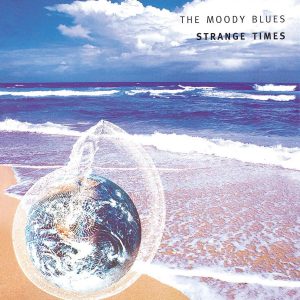 The Moody Blues
The Moody Blues
Strange Times
Shortly after this disc arrived, two co-workers asked me the same question: “You mean these guys are still around?” Yes, Justin Hayward and co. are still alive — but they aren’t exactly kicking on Strange Times, their 3,000th album (give or take a few hundred). Admittedly, these lite-pop fossils aren’t exactly known for rocking out, but even for them, Strange Times is a comatose effort; 14 edge-free tracks of bland orchoustic pop that are the equivalent of musical Sominex. So remember: Do not operate heavy machinery while using.
 Vitamin C
Vitamin C
Vitamin C
C Spice? Why not? This debut from popster Vitamin C — really Colleen Fitzpatrick, formerly of alt-popsters Eve’s Plum — is a sweet sugar-rush of pop confectionery that makes both Ginger and the Spices’ latest offerings seem like last year’s Sweetarts. Dancehall riddims, electro-lite ballads, ’60s go-go beats, Motown melodies; you name it, Fitzpatrick swirls it all together here with a wink, a smirk and more than a dollop of Girl Power. Not to mention a fair bit of musical savvy: This is the only dance-pop album you’re likely to hear that references both The Clash (she samples Magnificent Seven) and Mott The Hoople (she paraphrases All The Young Dudes). Vitamin C seems deserves an A.
 Coal Chamber
Coal Chamber
Chamber Music
A pal of mine had two rules in his band: No tattoos and no piercings. That would let out all the members of this L.A. goth-metal quartet, who, judging by the cover art here, appear to have spent more time getting inked, styled, dyed and stuck than writing songs. On Coal Chamber’s second album Chamber Music, the music is just as trendy and overblown as their appearance — the crunchy rap-metal guitar riffs, the thundering hip-hop beats, the creepy NIN goth-shtik, the pea soup-spitting Exorcist vocals. Yawn. The only halfway cool thing is a duet with Ozzy Osbourne (whose wife Sharon manages the band) on Peter Gabriel’s Shock The Monkey. Otherwise, Chamber Music just seems to prove my buddy had the right idea.
 The Blue Hawaiians
The Blue Hawaiians
Savage Night
These L.A. lounge lizards get one point right off the bat for naming their album after a classic novel by crime author Jim Thompson. But that’s all they get — their Savage Night doesn’t pack even a fraction of the bleak vision and visceral power of the book. Actually, with their vibrato-guitar twang, Roy Orbisonian vocals, hypnotic noir grooves and kitschy covers of Lee Hazlewood (Cheat), Henry Mancini (Experiment In Terror) and Tom Waits (Jockey Full Of Bourbon), the Hawaiians are closer in spirit to Quentin Tarantino than Thompson. Which makes sense: They were reportedly the house band at Q’s favourite hangout while he was working on Pulp Fiction.
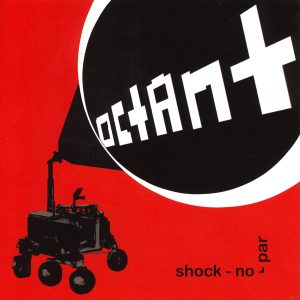 Octant
Octant
Shock-No-Par
When I say Octant uses a drum machine, I don’t mean a beatbox: I mean an actual machine that plays real drums. The brainchild of singer-songwriter Matthew Steinke, the AD3 Octant is a bizarre robotic contraption outfitted with mallets and drumsticks, controlled by computer commands. It all appears to be part of Steinke’s general mission statement: To merge impersonal technology (albeit homemade, jerry-rigged technology) with the intimacy and warmth of indie-pop. The robot traps, junkyard synths and oscillators — vaguely similar to The Residents or Devo’s quirkier moments — are the electronic guts, but Steinke’s oddly endearing, introspective cyberpop tales of replicants, walkers with headlights and “objects that are fake” are what gives it a human heartbeat.
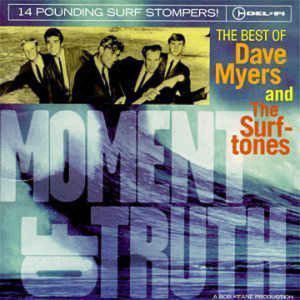
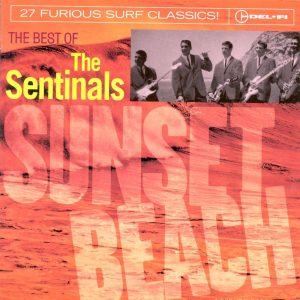 The Sentinals
The Sentinals
Sunset Beach
Dave Myers & The Surf-Tones
Moment Of Truth
Clothes may make the man, but drummers definitely make the band. Anybody in doubt need only lend an ear to the latest batch of classic surfin’-safari sounds from hang-10 archivists Del-Fi. On the surface, The Sentinals are your average ’60s beach-boy band anchored by twangy guitars, honking sax and surfcentric vocals. But the smoking sticks of ace drummer Jerry Barbata — who went on to play with bands from The Turtles to Jefferson Airplane — upgraded otherwise ordinary tracks with his relentlessly pounding tom-toms, in-the-pocket R&B backbeats and syncopated Latin grooves. By contrast, Dave Myers was the better musician and bandleader; along with beach-blanket bingo classics like Church Key, his crack instrumental combo pumps out noirish, moody tunes that would have fit just as easily in a cool crime flick. But for all their restrained craftsmanship, their drummer just doesn’t groove like Barbata. In the end, this battle of the bands is a dead heat.
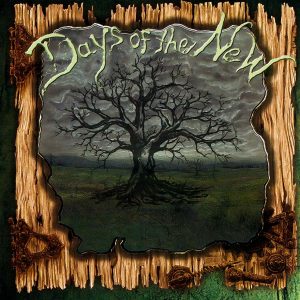 Days Of The New
Days Of The New
Days Of The New II
Make that New Days Of The New. After making their mark with their post-grunge debut disc and the single Touch, Peel And Stand, Days’ leader Travis Meeks fired the rest of his bandmates over the ubiquitous “creative differences” and is now forging ahead on his own a la Axl Rose. And like Rose, his ego seems to have gotten the better of him. Days Of The New II is a sprawling, grandiose concept piece about pain, loss and rebirth, complete with choirs, an orchestra, and epic-length roots-prog excursions on which Meeks plays most instruments. Brave and challenging it may be — but entertaining it ain’t. For the most part, Meeks’ reach exceeds his grasp; he’s spent too much time being an artist and not enough time writing decent songs, meaning Days Of The New II will be remembered not as the awesome achievement it could have been but as the massive ego trip it really is.
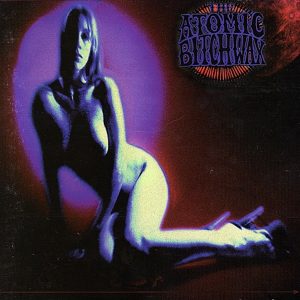 The Atomic Bitchwax
The Atomic Bitchwax
The Atomic Bitchwax
No more entries, please: We have a winner. New Jersey stoner-rockers Atomic Bitchwax take the prize for Coolest Band Name Ever. And they’ve got the game to go with the name. Featuring moonlighting Monster Magnet guitarist Ed Mundell, AB’s debut lets fly with all the fuzzed-out blooze-rawk psychedelia of Ed’s day job on space-rock tracks such as Birth To The Earth and Kiss The Sun. A few harder-edged numbers — notably the less-than-tender love song Hope You Die — bring things back down to street level, while a cover of guitar hero Tommy Bolin’s Crazed Fandango shows this power trio is more than just the latest entry in the Fu Manchu/Nebula muscle-car pack.
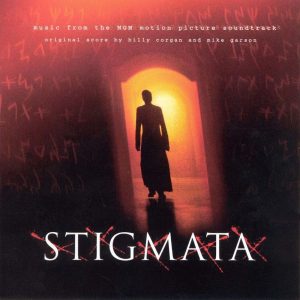 Stigmata
Stigmata
Various Artists
The main attraction on this thriller’s soundtrack is its second half: The first film score from great Pumpkin Billy Corgan. So why make us sit through a bunch of album tracks from Chumbawamba, Massive Attack and the like first? Maybe because Corgan’s handiwork is so startlingly dull: His “score” consists of two basic melodies, reworked over and over into a series of half-baked, experimental snippets strung together in a failed bid to seem like something more profound than the unfocused noodlings they are. Ultimately, the other cuts — which include a new trip-hop track from Björk and a new Tin Machine-ish rocker from David Bowie — are the real scores.













